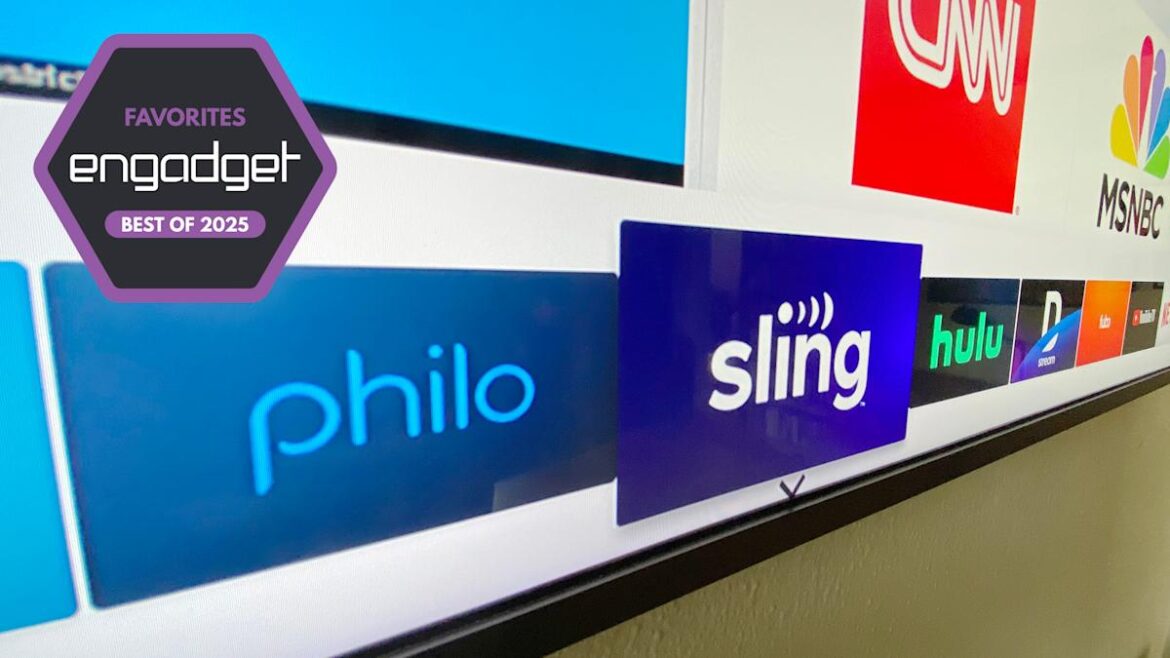Survivor host Jeff Probst.
Celebrating a milestone 25 years on air, Survivor returns to screens for a 49th season this month, with an all-new group of players arriving on the beaches of Fiji in the hope of winning a cool million dollars.
Ranging in ages from 25 to 52, this season’s diverse cast of 18 hopefuls set to face testing trials for rewards and immunity from elimination includes a NASA rocket scientist, a former Marvel executive, a correctional officer and a touring rock star.
Aside from the huge prize money, there’s an additional incentive for contenders this time out, with two players from this season set to return in Survivor 50. The landmark 50th season is set to be comprised entirely of returning contestants.
Adding further drama to the proceedings is the fact that two of this season’s contestants were last-minute replacements, brought in after other players were dropped shortly before filming for breaking the show’s strict rule against pre-competition contact.
Don’t miss any of our unbiased tech content and lab-based reviews. Add CNET as a preferred Google source.
How to Watch Survivor Season 49
The 49th season of Survivor premieres on CBS on Wednesday, Sept. 24, at 8 p.m. ET/PT. The event will stream live for those with a Paramount Plus Premium subscription, and viewers with the Paramount Plus Essential plan can watch the next day on the platform.
Cord-cutters also have a number of alternative options for watching the show. YouTube TV carries CBS and comes with a free trial for new customers, while Hulu Plus Live TV also carries the network.
With Paramount Plus, you have two plans to choose from: Paramount Plus Essential, which costs $8 a month and has ads, and Paramount Plus Premium (formerly Paramount Plus with Showtime), which costs $13 a month and is mostly ad-free — you’ll see commercials when viewing live TV. All of Showtime and your local CBS station come with this plan.
If you want to watch Survivor Season 49 as episodes are broadcast without cable, perhaps YouTube TV would be the right choice for you. The live TV streamer is $83 a month and offers, as our review of the service states, “the best channel selection you’ll find.”
Hulu Plus Live TV subscribers get access to CBS and will be able to watch Survivor Season 49 as it’s broadcast, or on-demand the following day. Hulu Plus Live TV costs $83 a month for the base tier, and comes with a three-day free trial and access to Disney Plus and ESPN Plus. $12 more a month for the Premium plan will get you the same, but ad-free Disney Plus and on-demand Hulu. Check out our Hulu Plus Live TV review for more info.





